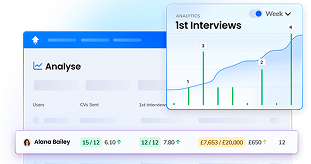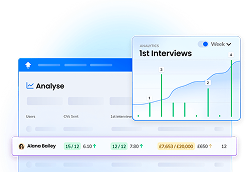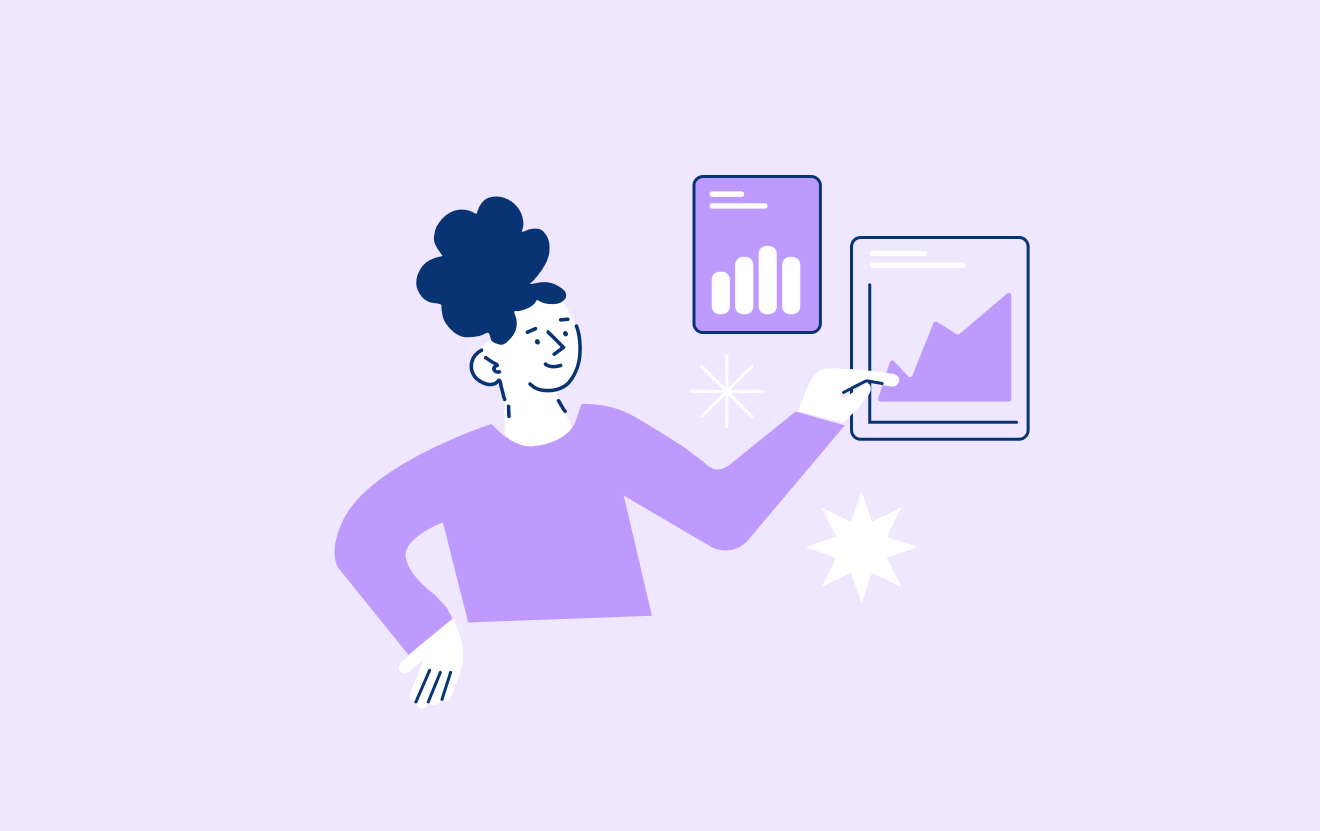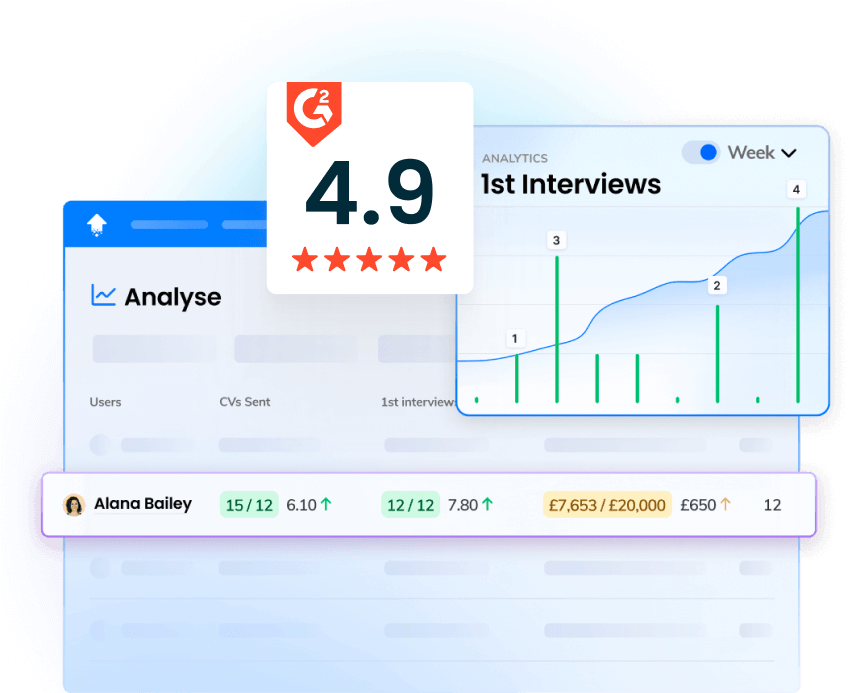Your agency isn’t losing candidates because they aren’t the right fit. You’re losing them to inefficiency.
Without a structured candidate recruitment funnel, top talent slips through the cracks.
A slow screening process? They’ve already accepted another offer. A disorganised interview stage? They’re second-guessing your team’s process. Every delay costs your business great hires.
A recruitment funnel fixes that. It gives your team control, clarity, and a structured approach to move candidates from sourcing to hiring without wasting time on repetitive tasks.
To help, we’ve created a free recruitment funnel template designed to streamline your hiring process.
In this guide, we’ll break down:
- Each stage
- Key metrics to track
- The structured approach to help your agency stay ahead
Understanding the Recruitment Process
The recruitment process is a critical component of any organisation’s success. It involves identifying, attracting, and hiring the best candidates to fill open positions.
A well-designed recruitment process can help organisations find qualified candidates, reduce time-to-hire, and improve the overall candidate experience. Understanding the recruitment process is essential for creating an effective recruitment funnel.
A typical recruitment process consists of several stages, including:
- Job Description Creation
This involves creating a clear and concise job description that outlines the responsibilities, requirements, and qualifications for the open position. A well-crafted job description is the foundation of attracting the right candidates.
- Job Posting
The job description is posted on job boards, social media, and other recruitment channels to attract potential candidates. Using multiple channels ensures a broader reach and a diverse pool of applicants.
- Application Collection
Candidates submit their applications, which are reviewed and screened by the hiring team. Efficient application collection and screening are crucial for quickly identifying the most qualified candidates.
- Interviewing
Shortlisted candidates are invited for an interview, which can be conducted in person, over the phone, or via video conferencing. Structured interviews help in assessing candidates fairly and consistently.
- Hiring
The final stage involves extending a job offer to the selected candidate and completing the onboarding process. A smooth hiring and onboarding process sets the stage for long-term employee retention.
By understanding and optimising each stage of the recruitment process, you can create a more effective recruitment funnel that attracts and retains top talent.
Why Your Agency Needs a Recruitment Funnel in 2025
Recruitment isn’t just competitive; it’s changing fast.
Candidate expectations are higher, top talent moves quickly, and agencies relying on outdated processes are falling behind. Without a structured approach, promising candidates drop off, hiring stalls, and inefficiencies pile up.
A recruitment funnel gives your agency the structure and insights needed to streamline hiring, improve efficiency, and secure the best talent before your competitors do.
Benefits of a well-functioning recruitment funnel
- A better candidate experience – A structured funnel keeps candidates engaged, informed, and moving smoothly through the process, reducing drop-offs.
- Increased efficiency – Automating repetitive tasks like application collection and screening frees up time for your team to focus on strategic hiring.
- Higher-quality hires – A clear, structured approach attracts and selects only the most qualified candidates.
- Reduced time-to-hire – A well-optimised funnel reduces delays, helping your agency fill roles faster and keep clients happy.
- Data-driven hiring decisions – Tracking each stage of the funnel helps identify weak points, optimise processes, and continuously improve hiring results.
A structured funnel combined with performance-based recruiting ensures you focus on the right candidates and make hiring decisions backed by real data, not just gut instinct.
With your eyes on the right recruiting KPIs and metrics tracking, your agency can refine its approach, reduce wasted effort, and consistently hire the best candidates faster.
Now, let’s break down the key stages of a recruitment funnel and the metrics that matter.
Recruitment Funnel Stages + Key Recruitment Funnel Metrics to Track
Every recruitment process follows a similar path: sourcing, screening, interviewing, hiring, and onboarding. But without tracking the right metrics, it’s impossible to know where you’re losing great candidates.
Here’s how to structure your funnel for success and track key recruitment funnel metrics:
1. Sourcing Candidates
Where do your best candidates come from? Whether it’s job boards, LinkedIn outreach, referrals, or talent pools, sourcing is the first step in filling your pipeline. Filtering out unqualified candidates early in the sourcing stage can save time and resources.
Key metric: Number of sourced candidates
If you’re struggling to find quality talent, it might be time to diversify your sourcing strategies.
2. Screening & Qualification
Sorting through CVs manually is time-consuming. Agencies increasingly use AI screening tools, skills assessments, and structured CV reviews to streamline this stage. Using objective, data-driven strategies can help minimise hiring bias and ensure a fair evaluation process.
Key metric: Screen-to-interview ratio
A low ratio here means too many candidates make it through without meeting basic requirements. Tightening your criteria can help.
3. Interview Process
Interviews are a critical stage in the hiring funnel where candidates make or break their chances. Structured interviews, scoring rubrics, and detailed recruiter feedback ensure the process is fair and efficient.
Key metric: Interview-to-offer rate
If candidates keep dropping off at this stage, you should refine your interview questions or speed up your decision-making process.
4. Offer & Hiring
Even the best candidates can slip away if your offer process isn’t competitive. Measuring recruitment funnel effectiveness at this stage can help identify areas for improvement. Benchmarking salaries and mastering negotiation tactics can make all the difference.
Key metric: Offer acceptance rate
If acceptance rates are low, candidates may be getting better offers elsewhere—or your process may be too slow.
5. Onboarding, Retention & Candidate Experience
Hiring doesn’t end when a candidate signs the contract; it’s a crucial part of the entire recruiting process. A smooth onboarding process and automated workflows set new hires up for long-term success.
Key metric: New hire retention rate
A strong retention rate means your onboarding process is working. If new hires keep leaving, it’s time to reassess their early experience.
With a clear recruitment funnel and the right metrics, your agency can identify weak points and improve hiring efficiency.
Now, you need to make sure your funnel is running smoothly. Here's how...
Optimising Your Recruitment Funnel
Optimising your recruitment funnel involves analysing and improving each stage of the recruitment process to attract and select the best candidates. Here are some tips to optimise your recruitment funnel:
Use Clear and Concise Job DescriptionsEnsure that your job descriptions are clear, concise, and jargon-free to attract the right candidates. A well-written job description sets the tone for the entire recruitment process.
Use Social Media and Job BoardsUse social media and job boards to reach a wider audience and attract more candidates. Different platforms can help you tap into diverse talent pools.
Streamline the Application ProcessMake the application process easy and straightforward to reduce candidate drop-off. A user-friendly application process encourages more candidates to apply.
Use Data and AnalyticsUse data and analytics to track the performance of your recruitment funnel and make data-driven decisions. Analysing key recruitment metrics helps identify bottlenecks and areas for improvement.
Continuously Evaluate and ImproveEvaluate and improve each stage of the recruitment funnel to ensure it works effectively and efficiently. Regularly reviewing and refining your process leads to better outcomes.
By understanding the recruitment process, creating a recruitment funnel, and optimising it, you can attract and select the best candidates, reduce time-to-hire, and improve the overall candidate experience.
To make things even easier, we’ve created a free template to help you put this into action.
Download Your Free Recruitment Funnel Template
Building a structured recruitment funnel doesn’t have to be complicated. Our free template gives your team a ready-made framework to track each stage, improve efficiency, and reduce drop-offs — so you can focus on hiring the best talent, not chasing candidates who disappear.
Future-Proof Your Hiring with a Smarter Recruitment Funnel to Avoid Hiring Bias
In 2025, recruitment agencies can’t afford to rely on guesswork or outdated processes.
A structured recruitment funnel isn’t just a ‘nice-to-have’; it’s the difference between securing top talent and losing them to faster-moving competitors. Measuring recruitment funnel effectiveness is key.
With a clear funnel in place, your team can:
- Move candidates through each stage efficiently without bottlenecks
- Track key metrics to spot where drop-offs happen and fix weak points
- Spend less time on manual admin and more time building relationships with top talent
At OneUp, we help recruitment agencies like yours track performance, optimise processes, and improve hiring efficiency with data-driven recruitment solutions designed for fast-moving teams.
With us, you'll have the visibility and structure needed to improve performance so you can fill roles faster and with less hassle.
If your agency is ready to hire more efficiently in 2025, our free recruitment funnel template is a great place to start.




















